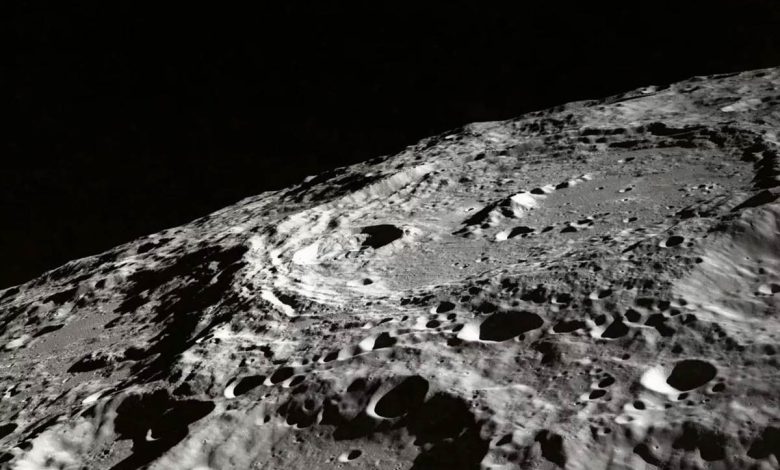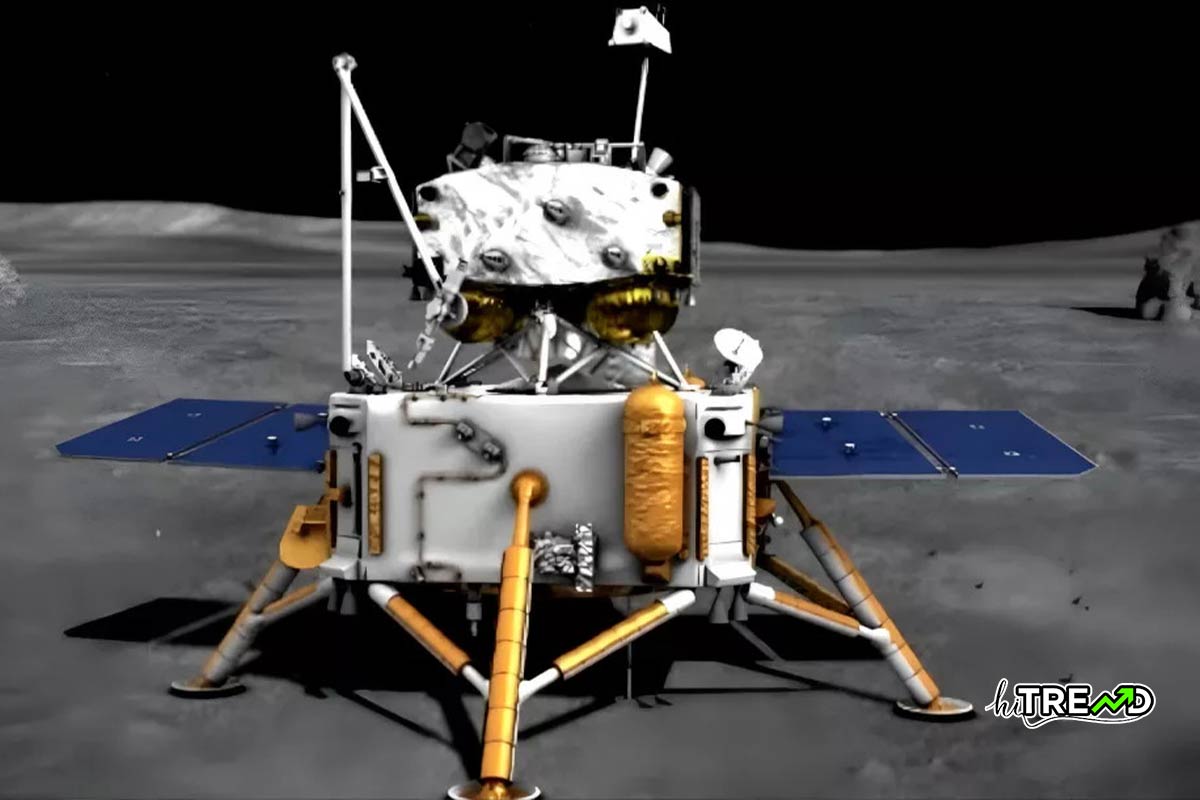Chinese scientists find water in strange lunar crystal, challenging “dry Moon” theory

IN A NUTSHELL: When Apollo astronauts brought back rock and soil samples from the Moon, scientists were disappointed to find no water in them. For decades, they assumed the lunar surface was as dry as a bone. However, it turns out the Moon may have been holding out on us. Chinese researchers have made a game-changing discovery: confirmation of water molecules in actual lunar dirt. Until now, the strongest evidence of lunar water was hydrogen and oxygen signatures detected on the sunlit surfaces.Chinese scientists find water in strange lunar crystal, challenging “dry Moon” theory
You can read more Technology articles
According to a study published in Nature Astronomy, a research team from the Chinese Academy of Sciences isolated over 1,000 mineral fragments from China’s Chang’e-5 mission in 2020. Among them, a peculiar platelike crystal, dubbed “ULM-1,” contained water molecules trapped inside its structure. In fact, water made up over 40 percent of the sample by mass.
The authors ensured there was no contamination from Earth sources or rocket fuel residue.
“Our findings also suggest that water molecules can persist in sunlit areas of the Moon as hydrated salts, providing crucial constraints on the fugacity of water and ammonia vapor in lunar volcanic gases,” they noted in the study.
For lunar scientists, finding concrete proof of water on the Moon has been the holy grail for decades. When the Apollo crews first brought back lunar rocks and soil in the 1960s, those initial samples were disappointing and led to the prevalence of the “dry Moon” theory. It wasn’t until more recent robotic missions over the past decade that signs of hydrated minerals and surface ice started appearing.
In 2009, India’s Chandrayaan-1 orbiter detected potential hydrated mineral signals in the form of hydrogen and water molecules in sunlit lunar regions. In 2020, NASA announced the discovery of water on sunlit portions of the Clavius crater, one of the largest craters visible from Earth on the Moon’s southern hemisphere, based on infrared observations.Chinese scientists find water in strange lunar crystal, challenging “dry Moon” theory

Having actual hydrated mineral samples to study up close is a game changer. The Chang’e-5 samples are a fresh batch, much younger than the decades-old Apollo and Luna rocks, and from a significantly higher latitude. They could reveal new insights about the Moon’s formation, composition, and evolution.
More lunar water discoveries are likely on the horizon. Just last month, China’s Chang’e-6 mission returned to Earth with nearly five pounds of Moon material drilled from the oldest, deepest regions of the far side.
Studying these ancient samples could uncover even more groundbreaking revelations about the origins of water and other volatiles on the Moon.
Follow HiTrend on X




